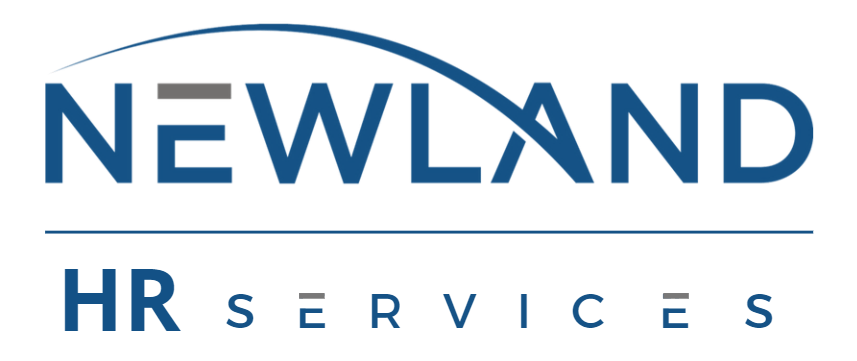Forecast: What’s Changing in the Workforce?
As we look toward the second half of the decade, the workforce landscape is evolving faster than most organizations are able—or willing—to adapt. Shifts accelerated by recent technological leaps, generational transitions, and the normalization of hybrid and distributed workforces demand that executives adopt new strategies swiftly and decisively.
The traditional structures of hiring, training, and leading are becoming increasingly obsolete. A new model is emerging—one driven by flexibility, skills-based talent acquisition, and agile leadership practices. Leaders who recognize these shifts early will position their companies for sustainable success.
At Newland Associates, we’re observing three critical trends executives cannot afford to overlook:
- Distributed Workforces: Remote work is not temporary. Companies now hire talent based on capability rather than geography, permanently altering organizational structure and culture.
- Skills-Based Hiring: Traditional credential-based recruitment is giving way to competencies, requiring new talent-assessment frameworks and a stronger internal talent mobility strategy.
- Leadership Agility: Static leadership models no longer suffice. The modern leader must be adaptive, tech-savvy, culturally intelligent, and adept at navigating uncertainty.
Insight: Priorities for Visionary Leaders
Strategic HR isn’t just beneficial—it’s imperative. As executives, our decisions around talent, technology, and culture today shape our organizational capabilities tomorrow. To navigate the uncertainty ahead, prioritize these three pillars:
Culture First:
Organizations thriving in 2025 and beyond will cultivate resilient cultures built on trust, inclusivity, and psychological safety. Your organizational culture is your competitive differentiator—particularly in a digital-first, hybrid world.
Tech Integration:
AI, automation, and HR analytics are not futuristic—they are foundational. Leveraging technology to enhance decision-making, streamline operations, and boost employee engagement will separate industry leaders from laggards.
Adaptability:
Strategic agility is the defining capability of the future. Organizations must foster rapid learning cycles, scenario planning, and resilience training to navigate economic fluctuations, technological disruption, and evolving employee expectations.
Personal View: What I’m Seeing Across Clients
In my conversations with fellow executives and through my work at Newland Associates and Newland HR Services, the difference between organizations poised for growth and those struggling is starkly apparent:
- Winning organizations are proactively redesigning their workforce strategies. They’re aligning leadership expectations with agility, prioritizing meaningful employee experiences, and embracing technology-driven transformation.
- Conversely, organizations slow to adapt remain tethered to legacy practices. These businesses face intensified talent shortages, decreased employee engagement, and stalled innovation.
The executives I admire most recognize that preparing for the future means continuously challenging their assumptions about talent, leadership, and innovation. They’re open to experimenting, learning, and iterating rapidly—often faster than their competition.
Strategic Mindset: What Leaders Should Do Now
How do we, as executives, proactively embrace and lead through these profound changes? Here’s a strategic mindset you can implement immediately:
- Conduct regular workforce scenario planning: Anticipate potential disruptions and establish flexible contingency plans.
- Adopt skills-based talent strategies: Shift from credentials to skills—use advanced analytics to pinpoint talent needs and rapidly close gaps.
- Develop agile leadership programs: Invest in leadership training that emphasizes adaptability, digital fluency, and cross-cultural communication.
- Champion cultural transformation: Prioritize inclusivity, authenticity, and openness, empowering teams to drive change organically.
These aren’t theoretical recommendations; they’re strategic imperatives tested and validated by our extensive work with clients across multiple sectors.
Leading Into the Future
Leadership today means having the courage to act boldly, despite uncertainty. Organizations that prioritize culture, technology, and adaptability aren’t just preparing for the future—they’re creating it. My invitation to you, as a fellow executive, is to critically assess how well your strategies align with these accelerating workforce trends.
Let’s connect—how is your organization preparing for the future of work?
Contact Vanessa directly to discuss your strategic direction.








